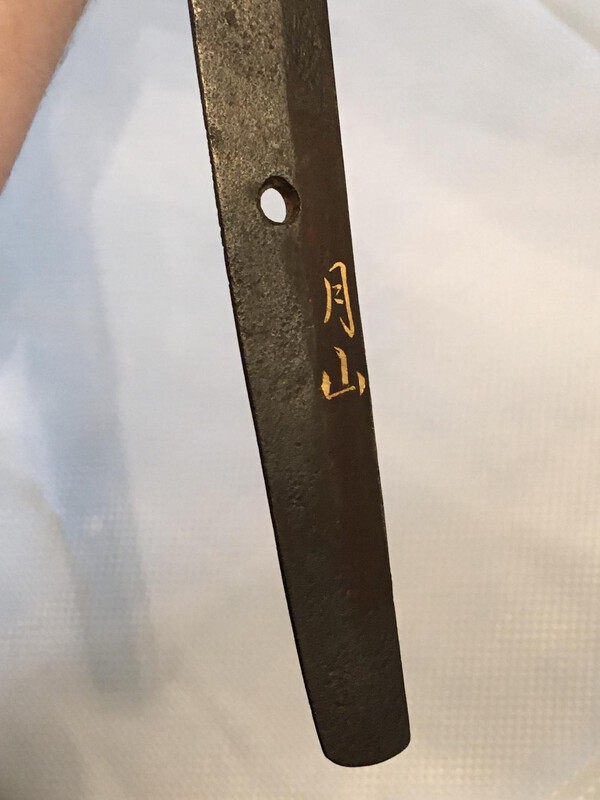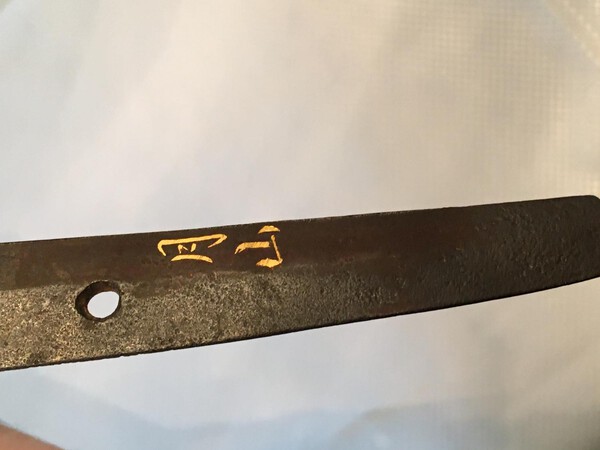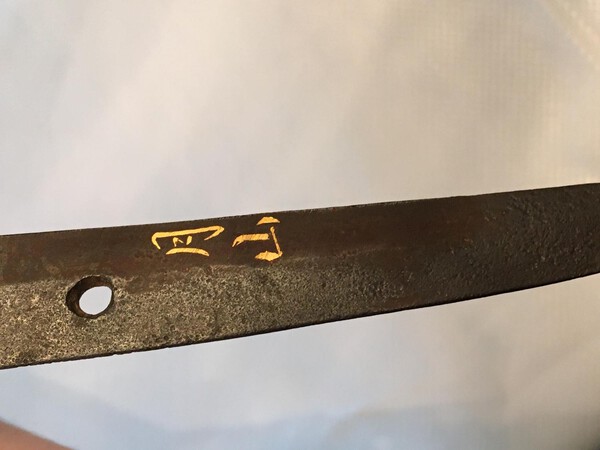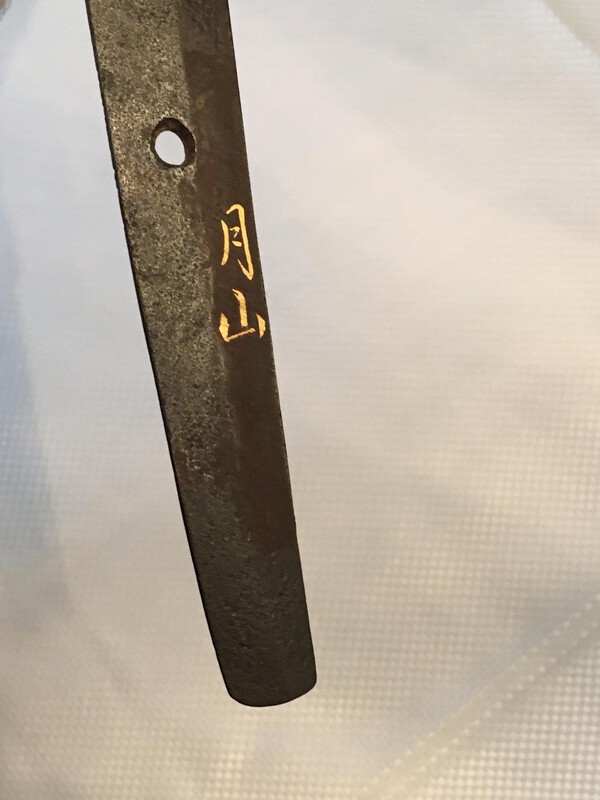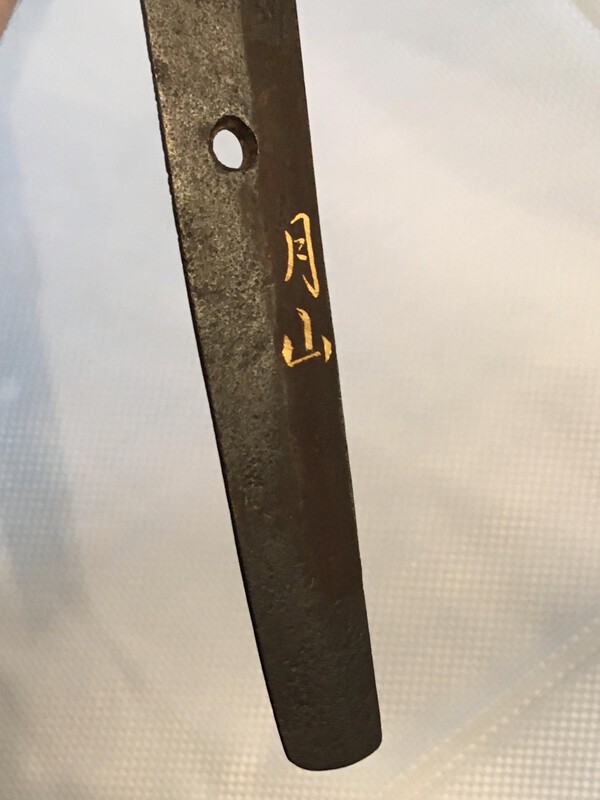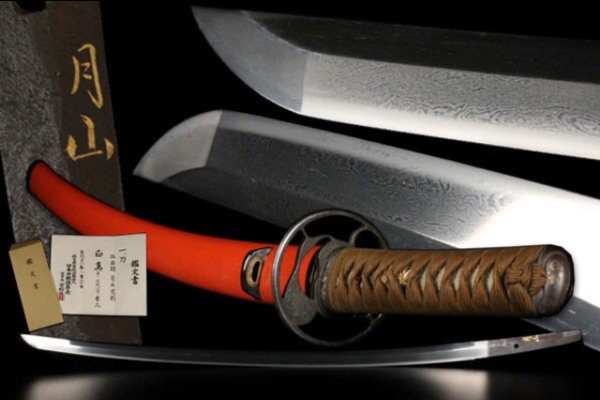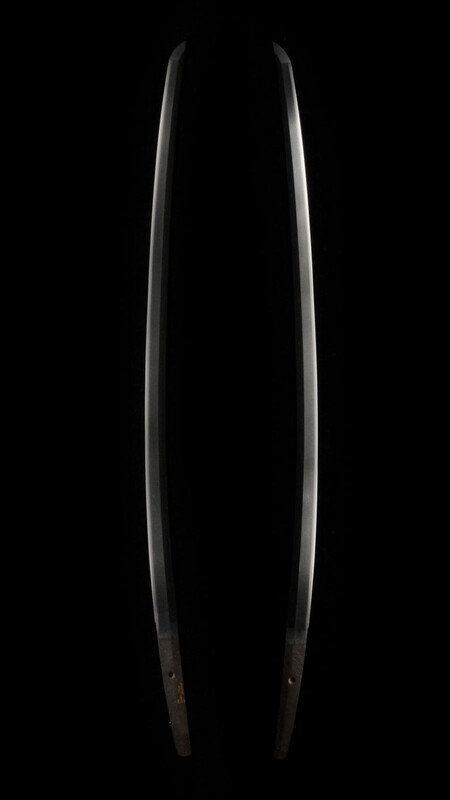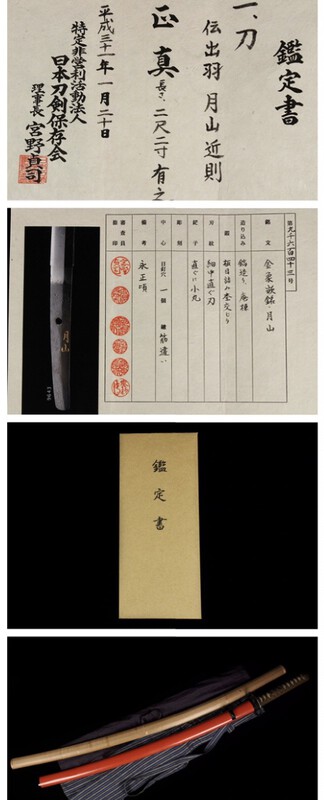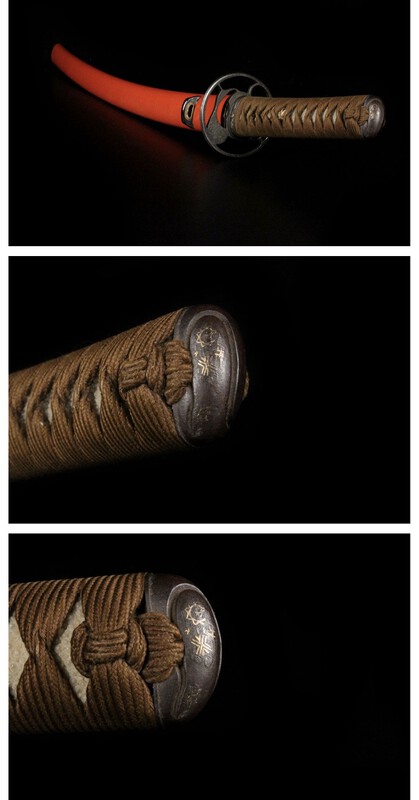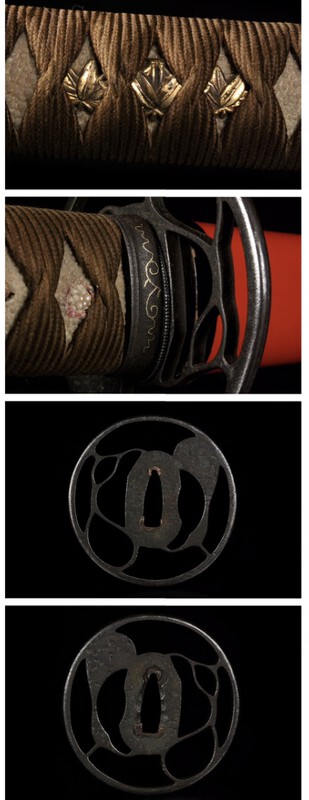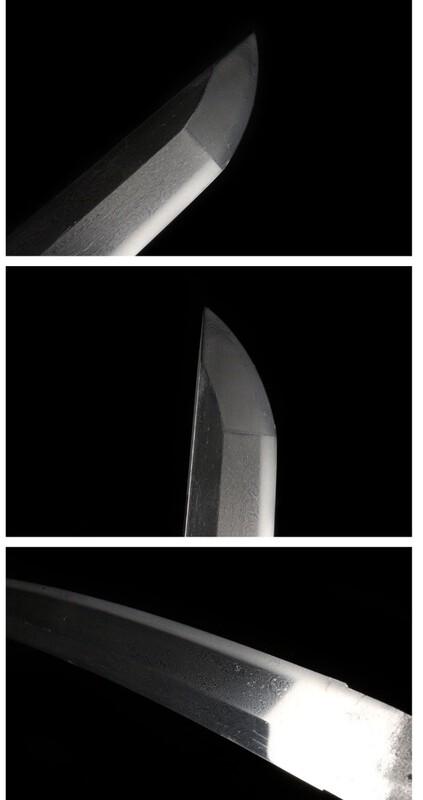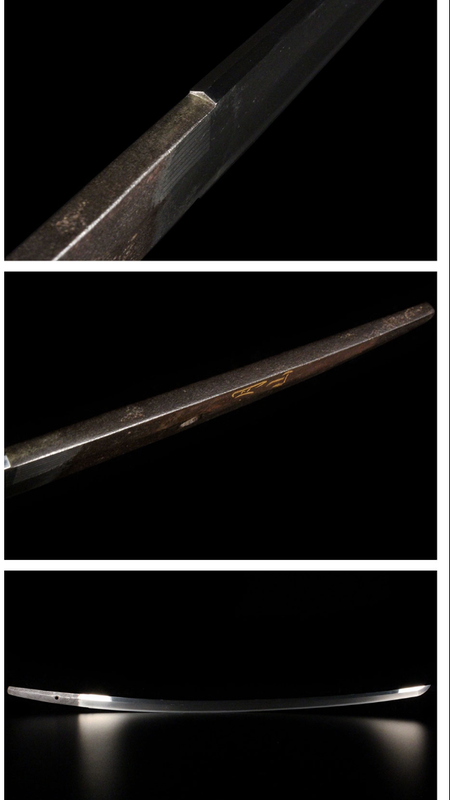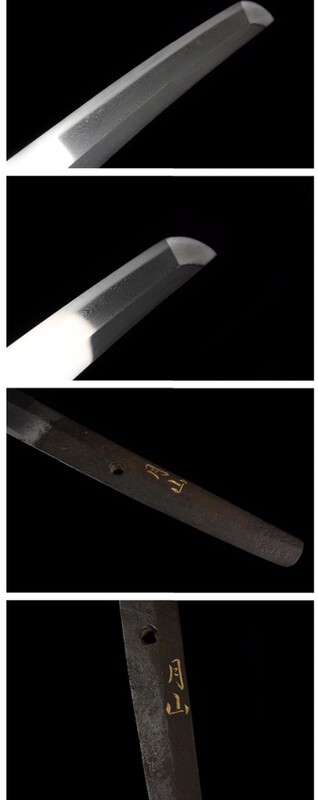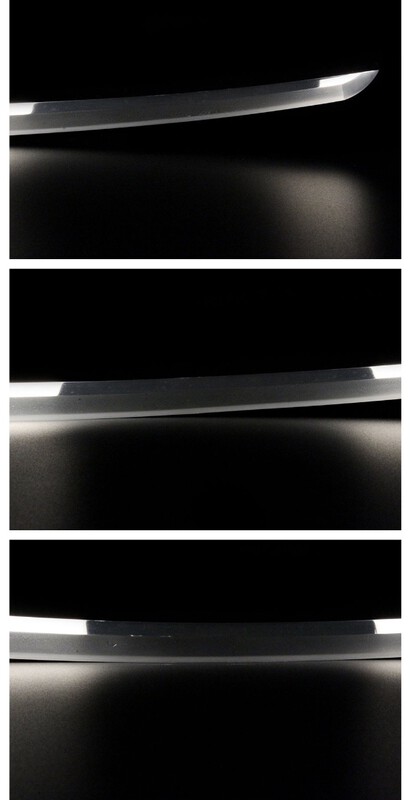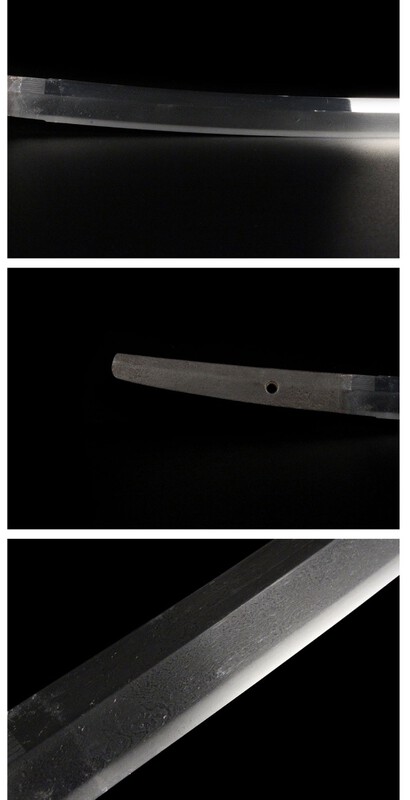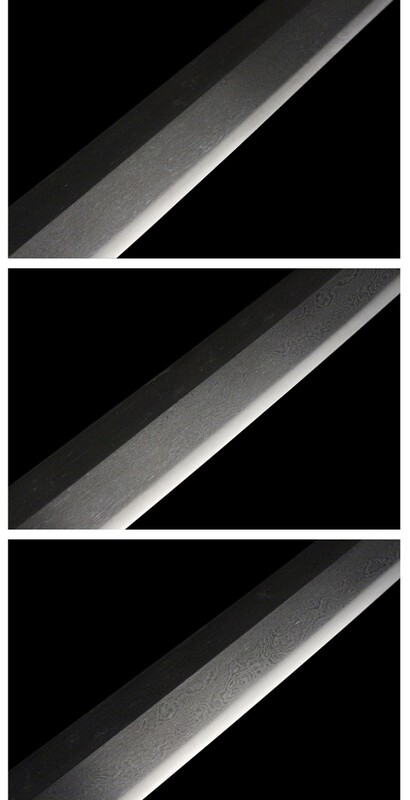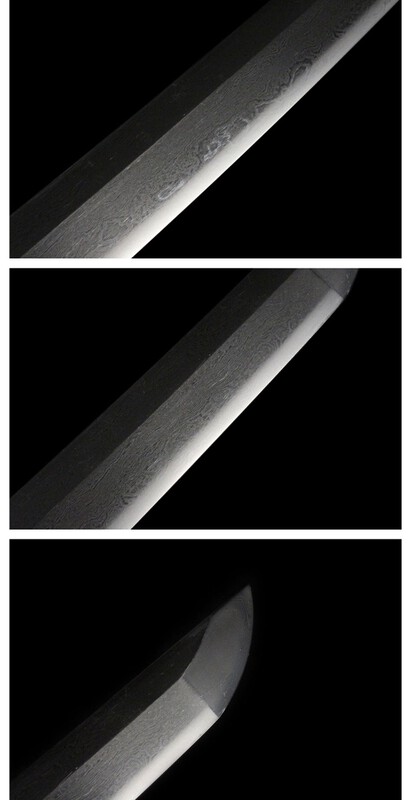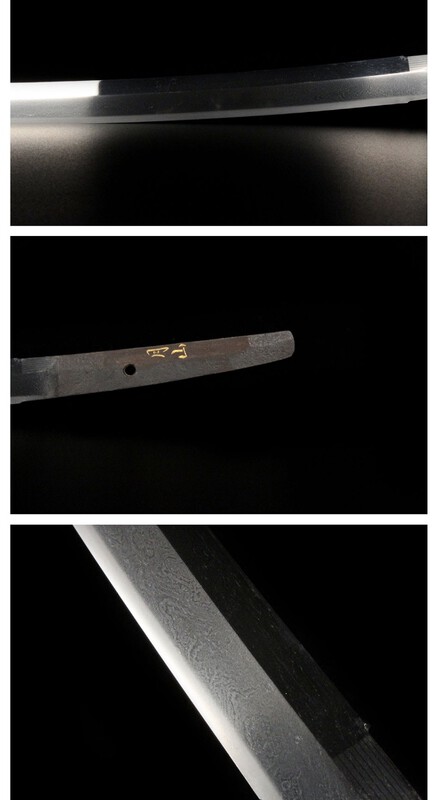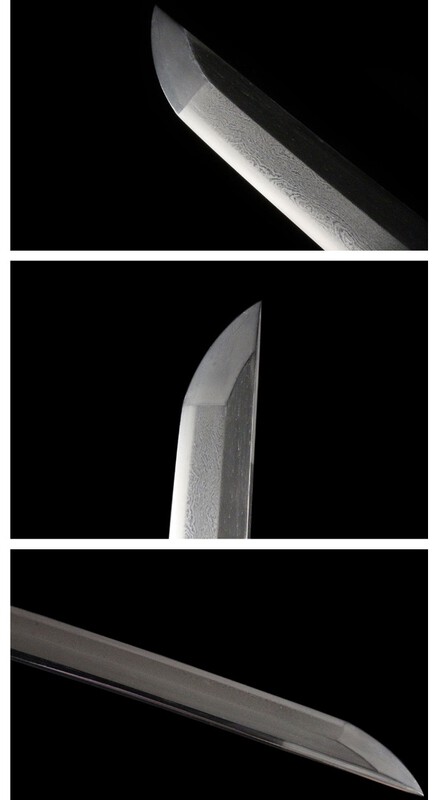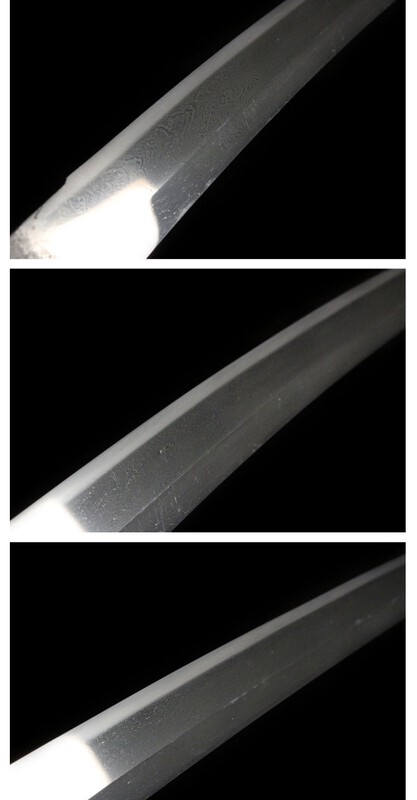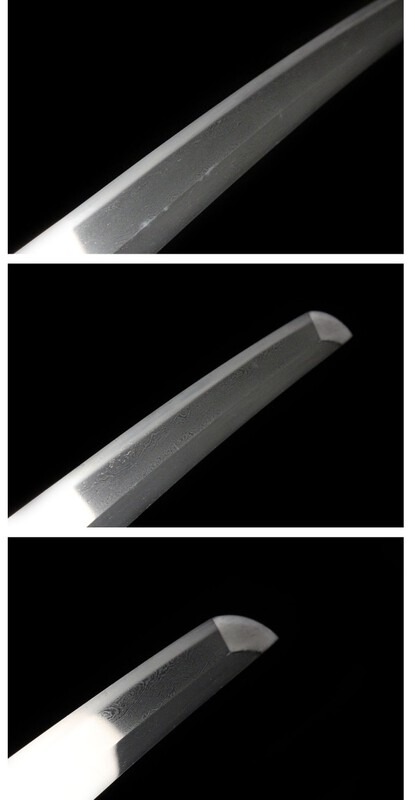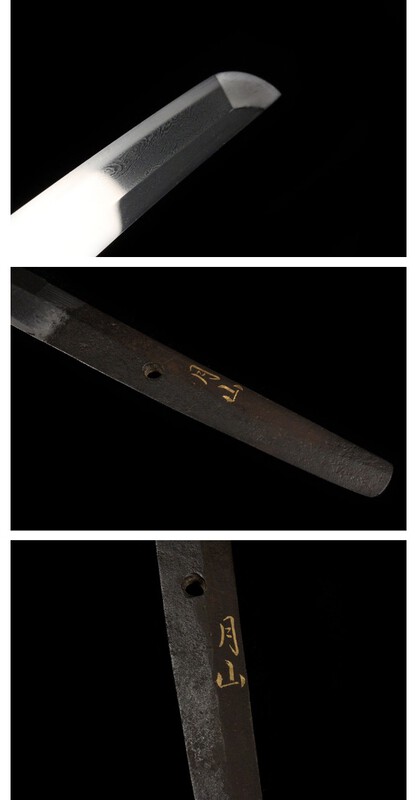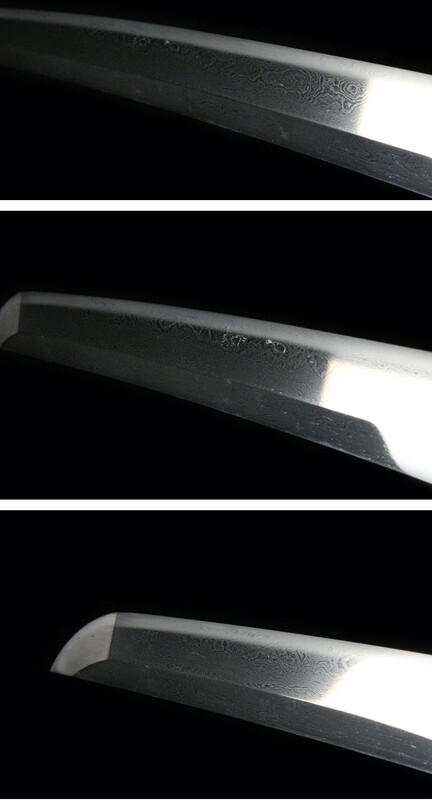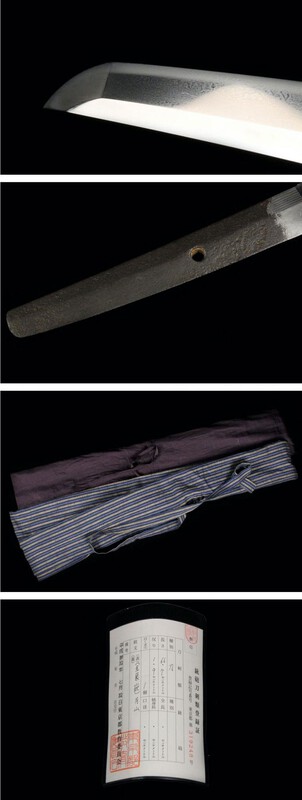
octaviano
Members-
Posts
13 -
Joined
-
Last visited
Profile Information
-
Gender
Not Telling
-
Location:
Canada
Profile Fields
-
Name
Octavian
Recent Profile Visitors
189 profile views
octaviano's Achievements
-
Hello folks, I've received a lot of interest and messages. I have attached additional images of the nakago. Thank you for those commenting with additional information as it is very helpful since I'm not an expert by any means! I have a gentleman viewing it today in person so my ko-gassan nihonto is on hold pending viewing today. I will update the listing afterwards. Thank you everyone for your interest and comments! Happy collecting!
-
Hi Caleb, yes, I can accept PayPal (paying for an item or service) which comes with buyer protection. I can accept returns if there is anything that was grossly misrepresented in the sale. Please view my reply above about the nakago question that was brought up. I will try to add extra photos of the nakago so you can make a more informed decision and as I noted above, the NTHK-NPO Kanteisho (authentic swords paper) is only designated to entirely original items so I'm assuming the kingpin Mei has originality to it. Thank you
-
Hi Stephen, thanks for your questions. The NTHK-NPO Kanteisho (authentic swords paper) is only designated to entirely original items so I'm assuming the Kinpun Mei has originality to it and it may state on the paper, but otherwise I'm unfamiliar to give you an educated answer. I can try to add more pictures of the Kinpun Mei but I can assure you the area around it is not sanded. The entire katana tang has a very nice old patina reflecting the old age of this nihonto.
-
Hello everyone, Sorry for not introducing myself earlier. My name is Octavian and I'm from Canada. I'm new to this community! I have an interest in learning about anything from the Japanese culture. One of my interests over the last few years has been learning about nihonto Japanese blades such as the Katana and the Tachi. I look forward to learning new things and sharing this hobby with you as part of this community!
-
Hello everyone! I thought I would introduce myself. My name is Octavian and I'm from Canada. I'm new to this community! I have an interest in learning about anything from the Japanese culture. One of my interests over the last few years has been collecting and learning about nihonto Japanese blades such as the Katana and the Tachi. I have a very nice example for sale! I love this nihonto but I'm selling it to feed my other hobby, Japanese anime, original production anime celluloids. I look forward to learning new things and sharing this hobby with you as part of this community! ~~~~~~~~~~~~~~~~~~~~~~~~~~~~~~~~~~~~~~~~~~~~~~~~~~~~~~~~~~~~~~~~~~~~~~~~~~~~~~~~~~~~~~~~~~~~~~~~~~~~~~~~ Den Dewa Ko-Gassan Gold inlay Nihonto Katana, Muromachi Era: 600 yrs (NTHK-NPO Kanteisho papered certificate) Price: SOLD Serious Offers considered payment: paypal (with buyer protection) Certification: Certificate No. 319248, Tokyo (photocopy included: original kept in Japan) Judgement Paper: NTHK-NPO Kanteisho (authentic swords paper) This is the second highest and more commonly seen origami certificate from the NTHK-NPO that offers a generous amount of information on the sword’s characteristics. The certificate will be issued for swords of considerable quality in which the mei (signature) is authentic OR in the case that if sword is mumei(unsigned), the judges will offer their opinion on who the smith or school was that forged the blade. Blade: Mumei signature: Gold inlay: Gassan Age: Mid- Muromachi era: ca. 1400 Length: about 95cm Blade length: about 66.7cm warp: about 1.9cm first nail hole: one original width: about 26.9mm Motoshige: about 6.5mm destination width: about 18.5mm Sakikasane: about 5.1mm blade weight: about 604g Shape : It is wide and thick long size katana. It has deep curve. Jitetsu : Ayasugi hada well grained with jinie attached. The ayasugi hada is well seen. Hamon : Nie plate suguha Edo Katana Koshirae Fittings: Fuchi: Higo Deito Iron fittings (dragonfly & floral pattern gold inlay) Tsuba: High quality round shape iron tsuba with carved partterns, Edo period Saya: Red lacquered saya (sheath) Edo Period: 400 years old Accessories: Silk Bag, NTHK certificate, Shirasaya (wood housing) included, wood blade included Description: This piece is quite old Ko-Gassan. In the koto times, most Gassan smiths signed with the school name only and so the names of individual smiths are mostly lost to time. This katana matches the features of the late 1400 period and early 1500 period, and bears the hallmarks of ayasugi hada and narrow sugu samishii hamon well. It is signed in gold inlay with the school name only, Gassan as was the tradition of the school. This katana makes it a nice representative piece of the Gassan school for a collector to own. It is also accompanied by very nice koshirae of late Edo period. This blade is a long 95cm total length which (per the accompanying NTHK certificate) dates to the mid Muromachi period. This katana is a beautiful example of a Gassan smith from the muramachi era. Japanese swords are made from folded steel. These lines are visible and known in Japan as a katana Hada. These lines will depend on how many times the blade was folded. Masame hada is produced when the steel billet is repeatedly folded over in the same direction with the sides of the billet being used to form the face of the blade. The lines seen in the grain therefore represent the 'stack' of layers formed during the forging process. Ayasugi hada is basically masame hada which has been distorted by systematically varying the strength of the hammer blows along the blade during forging. The Ayasugi hada is brilliant and a standout on this sword which comes fully mounted and adds to the value of this blade. The hada is a rich looking ayasugi that has some coarseness as in many koto gassan blades. History: The Gassan school derives, as its name suggests, from Mt. Gassan in the old province of Dewa (present-day Yamagata prefecture), and is characterized by a wavy grain called ayasugi hada. According to tradition, it was founded by a smith named Kiomaru (or Kishin Dayu, as he was also known), who lived in the sacred grounds of Mt. Gassan back in the 12th century. Ever since, swordsmiths have flourished at the foot of Mt. Gassan, and a number of masters have appeared, in a long succession. From the Kamakura period through the Muromachi period, swords inscribed with the Gassan signature were famous all over the country for their practical usefulness and the beauty of their ayasugi hada, but when the Warring States period ended at the end of the 16th century, the number of blacksmiths dwindled. From the start, Mt. Gassan was a site of mountain worship, and the blacksmiths who lived there were peculiar people who secluded themselves among the mountains to purify themselves before forging swords. They were ascetics, similar to Shugendo practitioners. Gassan was the name of the object of worship, and inscribing such a name on a sword would normally be inexcusable. Probably Gassan swords were originally intended for funeral rites, rather than as weapons. They were not meant for killing people, but were associated with the faith, I believe. The Gassan school’s ayasugi hada layer appeared when steel with different carbon contents were mixed and combined at a certain point, but the formula was kept secret. At the end of the Edo period, Gassan Sadayoshi, who was the successor to the Gassan smiths, moved to Osaka. I believe he wanted to show the world the Gassan spirit one more time. The Gassan school origins remains to this day one of the most prestigious and successful lines of sword forging. The roots of Gassan extend far back into the Kamakura period (1185-1333 AD), and it is suspected perhaps even as early as Heian period (794-1185 AD). The home of Gassan was in Dewa province in the northern region of Honshu where they were the only indigenous school to Dewa. The name “Gassan” actually refers to one of three sacred mountains of Dewa, or “Dewa Sanzan”, the other two being Mt. Haguro and Mt. Yudono. It is a very mountainous and remote region, and was even more so in the earliest days of the school. From the very earliest works of the Gassan school, they exhibit a type of hada called “Ayasugi” which is comprised of long evenly undulating stacked wave pattern. Interestingly enough this pattern of the same name is carved in the interior walls of the body of the Shamisen (a guitar like musical instrument) to improve the tone. This pattern eventually became the hallmark of Gassan works and is often referred to as “Gassan Hada” as it continued to be refined and perfected by the Gassan smiths up until the current Gassan head and Living National Treasure smith, Gassan Sadatoshi. The Gassan school faded from view around the beginning of the 17th century, and then was revived with Gassan Sadayoshi who was born in 1780. Sadayoshi traveled from Dewa to the forge of Suishinshi Masahide, who was striving to rediscover the techniques of Koto masters. Masahide was a proliferate teacher, and is said to have had over 200 students. Sadayoshi became one such student and later settled in Osaka to open his own forge. The line was re-established with him and his adopted son, Gassan Sadakazu became the heir to the line entering very difficult times for swordsmiths; the Meiji Restoration. The Samurai class was effectively abolished and swords were no longer a weapon that could either be worn, nor were they in much demand as Japan Westernized, so swordsmiths were relegated to finding work in other trades. Many turned to tool making, blacksmithing, or other related trades. However Gassan Sadakazu contined on with sword making and found a market making copies of famous swords for influential and affluent clientele, as he was quite gifted in making swords in the Bizen, Soshu, and Yamato traditions. He became a Teishitsu Gigeiin or “Artist under the Imperial Household” and thus was called upon by the Imperial Family to make swords that would be worn, or bestowed as gifts by the Imperial Family. He survived the times and his son, Gassan Sadakatsu, would become the luminary smith of the 20th century, and also receive the dedicated patronage of the Imperial Family. If you take a look at the blade first of all the forging structure catches the eye. It appears as continuous waves from the base to the tip whereas the valleys show some mokume areas. The jihada stands out and the steel is blackish. So all in all we have the typical characteristics of the Gassan school and an ayasugi-hada is therefore also called Gassan–hada. The hamon bases on gunome/notare/sugu-ha midare but the waves of the jihada force it into a notare-like appearance. The nioiguchi is subdued and the entire jiba lacks clarity and brightness. Thus this is a typically rustic work of that school and all and all typical Gassan.The koshirae is en suite and of dragon motif. There is a deep rich brown sageo and tsuka-ito to match. The rayskin ( same ) is black as well as the lacquer finish of the saya. Japanese dragons and the koshirai (日本の竜 Nihon no ryū) are diverse legendary creatures in Japanese mythology and folklore. Japanese dragon myths amalgamate native legends with imported stories about dragons from China, Korea and India. The style of the dragon was heavily influenced by the Chinese dragon. Like these other Asian dragons, most Japanese ones are water deities associated with rainfall and bodies of water, and are typically depicted as large, wingless, serpentine creatures with clawed feet. The modern Japanese language has numerous “dragon” words, including indigenous tatsu from Old Japanese ta-tu, Sino-Japanese ryū or ryō 竜 from Chinese lóng 龍, nāga ナーガ from Sanskrit nāga, and doragon ドラゴン from English “dragon” (the latter being used almost exclusively to refer to the European dragon and derived fictional creatures).



